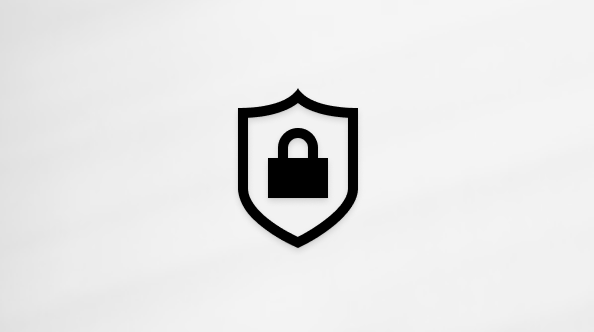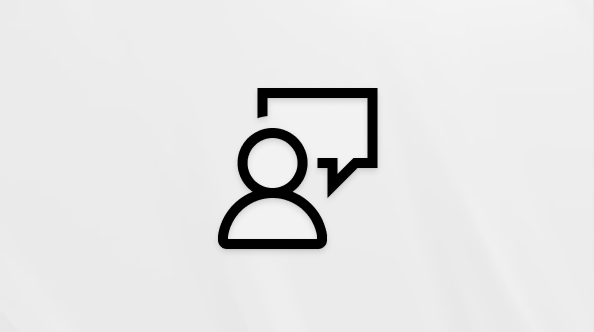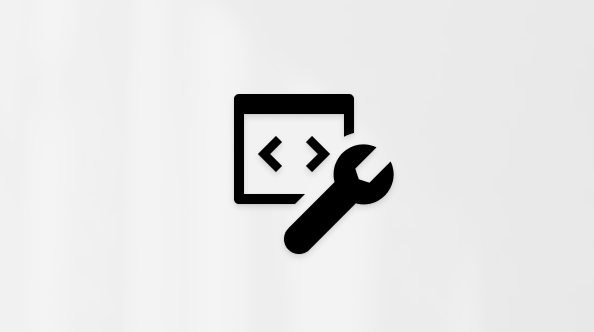Set a default printer in Windows
Applies To
Windows 11 Windows 10There are two different modes in Windows for setting a default printer:
-
Manually set the default printer.
-
Set the last printer used as the default printer.
Select the desired mode from the following list:
To manually choose a default printer:
-
Right-click on the Start menu and then select Settings > Bluetooth & devices > Printers & scanners . Or Select the following Bluetooth & devices > Printers & scanners shortcut:Open Bluetooth & devices > Printers & scanners
-
In the Bluetooth & devices > Printers & scanners window, under Printer preferences, make sure Let Windows manage my default printer is switched Off.
-
In the list of installed printers at the top of the Bluetooth & devices > Printers & scanners window, select the desired printer to be set as the default.
Tip: If the desired printer isn't displayed in the list of printers, see Add or install a printer in Windows to install the printer.
-
In the Bluetooth & devices > Printers & scanners > <Printer> window, next to the printer's name, select the Set as default button. The Printer status: under the printer's name changes to Default.
Note: If the Set as default button isn't visible next to the printer's name, make sure the setting Let Windows manage my default printer from one of the previous steps is switched Off.
To set the last printer used as the default printer:
-
Right-click on the Start menu and then select Settings > Bluetooth & devices > Printers & scanners . Or Select the following Bluetooth & devices > Printers & scanners shortcut:Open Bluetooth & devices > Printers & scanners
-
In the Bluetooth & devices > Printers & scanners window, under Printer preferences, make sure Let Windows manage my default printer is switched On.
Note: For mobile Windows devices, when the option Let Windows manage my default printer is switched On and the location of the Windows device changes, the default printer might change to the last printer used at the new location.
Support for Windows 10 will end in October 2025
After October 14, 2025, Microsoft will no longer provide free software updates from Windows Update, technical assistance, or security fixes for Windows 10. Your PC will still work, but we recommend moving to Windows 11.
To manually choose a default printer:
-
Right-click on the Start menu and then select Settings > Devices > Printers & scanners . Or Select the following Printers & scanners shortcut:Open Printers & scanners
-
In the Printers & scanners window, make sure the option Let Windows manage my default printer isn't selected.
-
Under Printers & scanners, select the desired printer to be set as the default and then select the Manage button.
Tip: If the desired printer isn't displayed in the list of printers, see Add or install a printer in Windows to install the printer.
-
In the Manage your device window, under Printer status:, select the Set as default button. The Printer status: changes to Default.
Note: If the Set as default button isn't visible under Printer status:, make sure the setting Let Windows manage my default printer from one of the previous steps isn't selected.
To set the last printer used as the default printer:
-
Right-click on the Start menu and then select Settings > Devices > Printers & scanners . Or Select the following Printers & scanners shortcut:Open Printers & scanners
-
In the Printers & scanners window, make sure the option Let Windows manage my default printer is selected.
Note: For mobile Windows devices, when the option Let Windows manage my default printer is selected and the location of the Windows device changes, the default printer might change to the last printer used at the new location.
Related articles
Add or install a printer in Windows.
How to download and install the latest printer drivers.
View printer queue in Windows.
Troubleshooting offline printer problems in Windows.
Troubleshooting offline printer problems in Windows.
Fix printer connection and printing problems in Windows.










